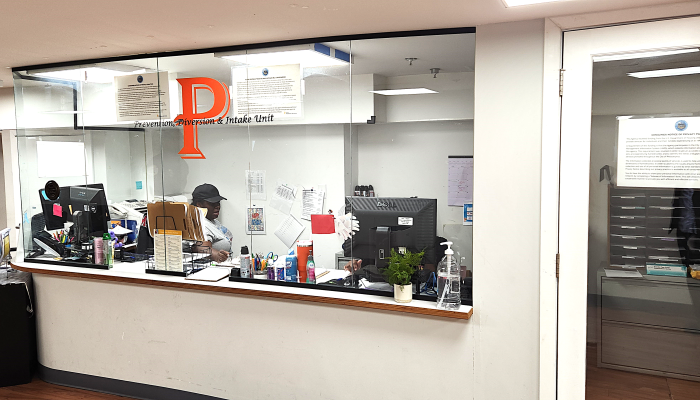Every year, communities across the country conduct a Point-in-Time (or “PIT”) count to identify the number of people experiencing homelessness and where they are.
Philadelphia’s 2022 PIT Count took place in February 2022. You may recall that it was delayed by the COVID Omicron surge last winter. In September 2022, the U.S. Department of Housing and Urban Development (HUD), approved the results of our count and we published them on the Office of Homeless Services’ website. As 2022 winds down, we’re planning for the 2023 PIT Count.
The 2022 PIT Count brought some good news. Over the last five years, the number of people experiencing homelessness shrunk by 22%. The combined total of unsheltered and sheltered people, both in families and as individuals, was 4,489.
Since 2018, the number of families in shelter has decreased by almost 43%. And unlike many other communities, from 2019 to 2022 Philadelphia’s PIT Count found no families with children living in the street.
The number of veterans experiencing homelessness has also declined, and 2022 confirmed that trend. The most recent PIT Count identified 157 veterans experiencing homelessness, that was 37% less than in 2021.
At the same time, there is worrisome data. The 2022 count shows that chronic homelessness in Philadelphia grew by 14% compared to 2021, mostly among those who are unsheltered. While still a 19% reduction since 2018, we hate to see the numbers creep back up. The majority of people who are chronically homeless were safely indoors, but the numbers show the urgency of addressing street homelessness.
Looking toward 2023 count
As we look toward the 2023 count, it’s important to note that PIT counts have limitations. Like its name describes, PIT counts are a snapshot of the number of people experiencing literal homelessness, as defined by the federal government, on a single night. It is not the overview of an entire year.
The count does not include people who are couch surfing with friends or living doubled up with relatives, even when they consider themselves homeless.
Despite these limitations, PIT counts provide valuable insights. The information volunteers gather reveals local and national trends, and helps identify both best practices and gaps in services.
The PIT is required and regulated by HUD to provide an “apples to apples” comparison year to year, community to community.
So what do the PIT counts conducted over the past five years tell us about homelessness in Philadelphia? It shows that our city’s public and private investments in homelessness prevention and long-term housing have worked. We need to continue them, even as we search for new ideas and resources.
The upcoming 2023 PIT Count is scheduled for January 25 and 26. It’s an effort that requires close collaboration among the homeless services community, weeks of organizing, and dozens of volunteers to accomplish. If you would like to volunteer for the upcoming PIT count, please complete this online form.




